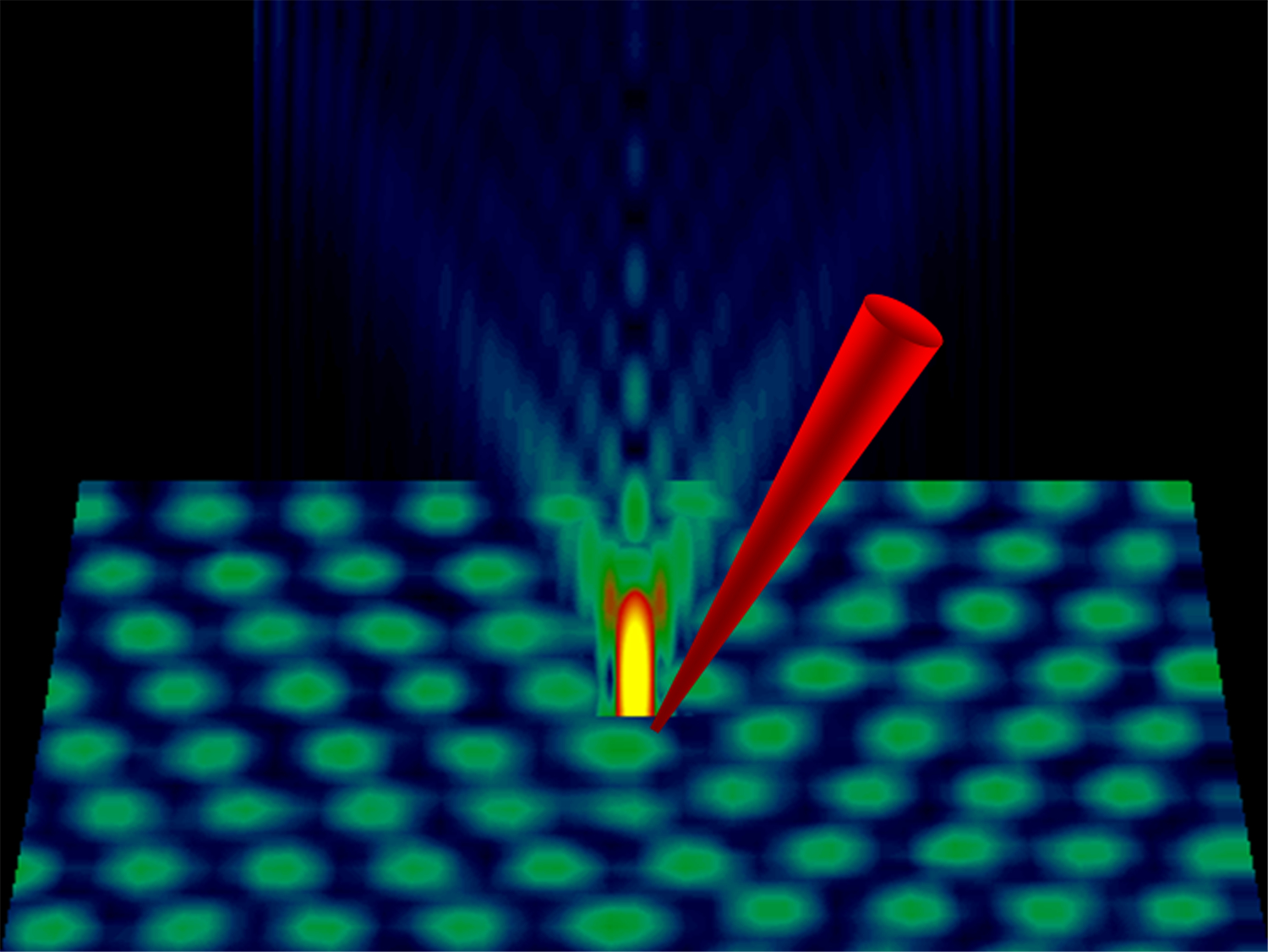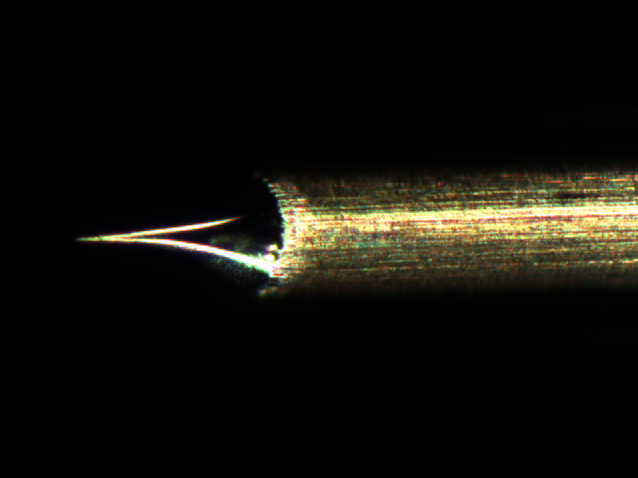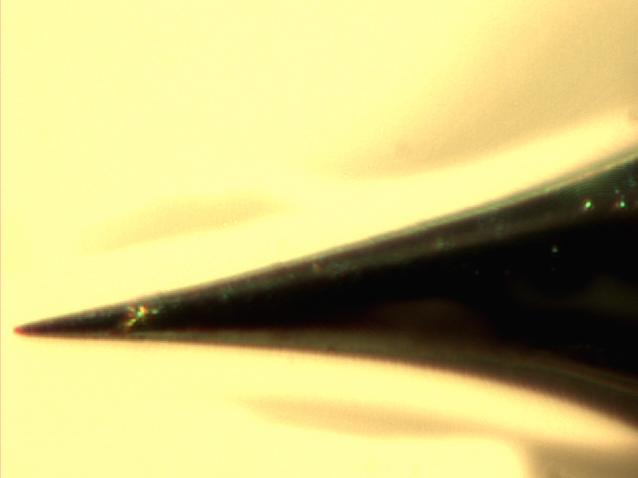Nanorobotics
m |
m (→External Links) |
||
| Line 30: | Line 30: | ||
** [http://www.shef.ac.uk/eee/research/fegtem/ University of Sheffield Engineering Faculty FEGTEM] | ** [http://www.shef.ac.uk/eee/research/fegtem/ University of Sheffield Engineering Faculty FEGTEM] | ||
** [http://nano.group.shef.ac.uk/ Nanorobotics group] at Sheffield University | ** [http://nano.group.shef.ac.uk/ Nanorobotics group] at Sheffield University | ||
| + | * [http://www.iop.org/EJ/journal/JMM Journal of Micromechanics and Microengineering] | ||
* [http://www.jeolusa.com/tem/temprods/fastem_faq.html JEOL USA FasTEM] | * [http://www.jeolusa.com/tem/temprods/fastem_faq.html JEOL USA FasTEM] | ||
* [http://ctsim.org/ The Open Source Computed Tomography Simulator] | * [http://ctsim.org/ The Open Source Computed Tomography Simulator] | ||
| Line 35: | Line 36: | ||
* [http://www.links999.net/robotics/nanotechnology/index.html Links999 Nanotech Page] | * [http://www.links999.net/robotics/nanotechnology/index.html Links999 Nanotech Page] | ||
* [http://homepages.inf.ed.ac.uk/rbf/CAVIAR/ CAVIAR: Image-based recognition project] | * [http://homepages.inf.ed.ac.uk/rbf/CAVIAR/ CAVIAR: Image-based recognition project] | ||
| − | |||
* TEM | * TEM | ||
** [http://www.rodenburg.org/guide/ Jon Rodenburg's TEM site] | ** [http://www.rodenburg.org/guide/ Jon Rodenburg's TEM site] | ||
Revision as of 13:36, 8 March 2006
Contents |
Nanorobotics
A large new nanotechnology research programme "Nanorobotics - technologies for simultaneous multidimensional imaging and manipulation of nanoobjects" is to be established at Sheffield University from Autumn 2004 funded by a £2.3Millon grant from the RCUK Basic Technology research programme. The programme led by the Engineering Materials Department oef the University of Sheffield, will be a collaboration between the University of Sheffield, Sheffield Hallam University and the University of Nottingham.
Many new nanotechnology research fields require a high degree of precision in both observing and manipulating materials at the atomic level. The advanced nanorobotics technology needed to manipulate materials at this scale, a million times smaller than a grain of sand, will be developed in the new Sheffield Nanolab. The integration of different technologies to act as simultaneous real-time nanoscale "eyes" and "hands", including the advanced nanorobotics, high-resolution ion/electron microscopy, image processing/vision control and sophisticated sensors, will lead to the ability to manipulate matter at the scale of atoms or molecules.
The Nanorobotics programme will thus allow unique experiments to be carried out on the manipulation and observation of the smallest quantities of materials, including research into nanoscale electronic, magnetic and electromechanical devices, manipulation of fullerenes and nanoparticles, nanoscale friction and wear, biomaterials, and systems for carrying out quantum information processing.
MMVL
The task of the MMVL is to
- assist in hardness measurements by applying flow estimation on TEM videos
- provide position feed-back for controlling the Nano-indenter
File:Tilt00.jpg TEM image of tungsten tip |
See Also
External Links
- Sheffield Hallam University
- University of Sheffield
- Project announcement
- University of Sheffield Engineering Faculty FEGTEM
- Nanorobotics group at Sheffield University
- Journal of Micromechanics and Microengineering
- JEOL USA FasTEM
- The Open Source Computed Tomography Simulator
- IMOD tomography software (proprietary license)
- Links999 Nanotech Page
- CAVIAR: Image-based recognition project
- TEM
- An Introduction to Intelligent and Autonomous Control
- Making Movies of Microstructural Evolution in Metals: See Yorkshire Forward and SHU-news.
- Fabry-Perot interferometer
- Overview of fiber-optical sensors
- Tomography with electron microscopes
- Software
- Tomography with electron microscopes
- Nano-Hive Nanospace Simulator
- IMOD tomography software. (License doesn't allow redistribution of Source-code!)
- AMIRA 3D segmentation and visualisation (commercial software)
- CTSim: Computer Tomography Simulator
- Tomography at Queen Mary University of London
- Tomography demonstration at EPFL
- Gnome X Scanning Microscopy


